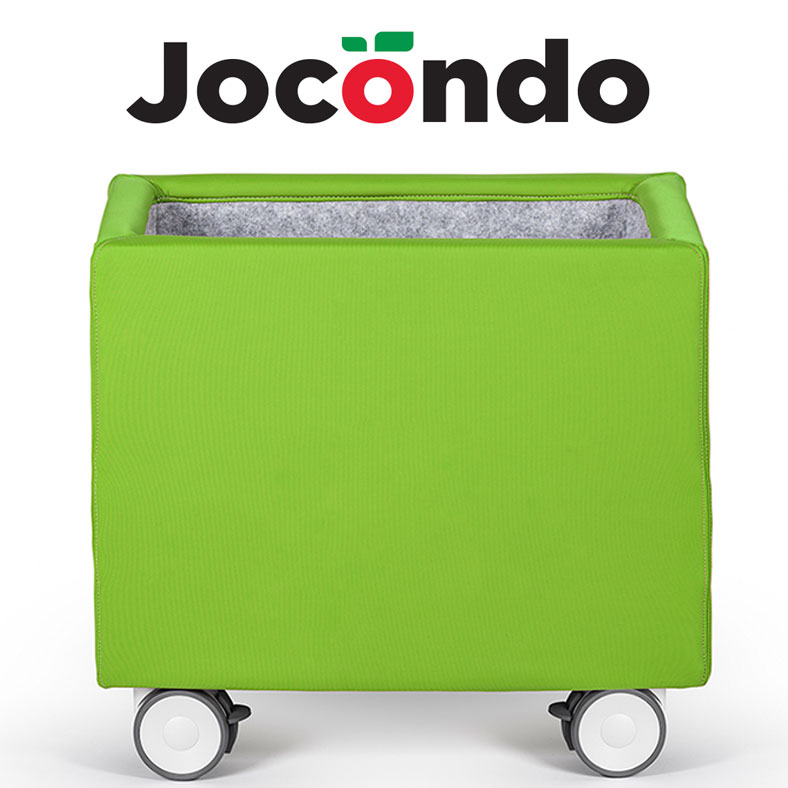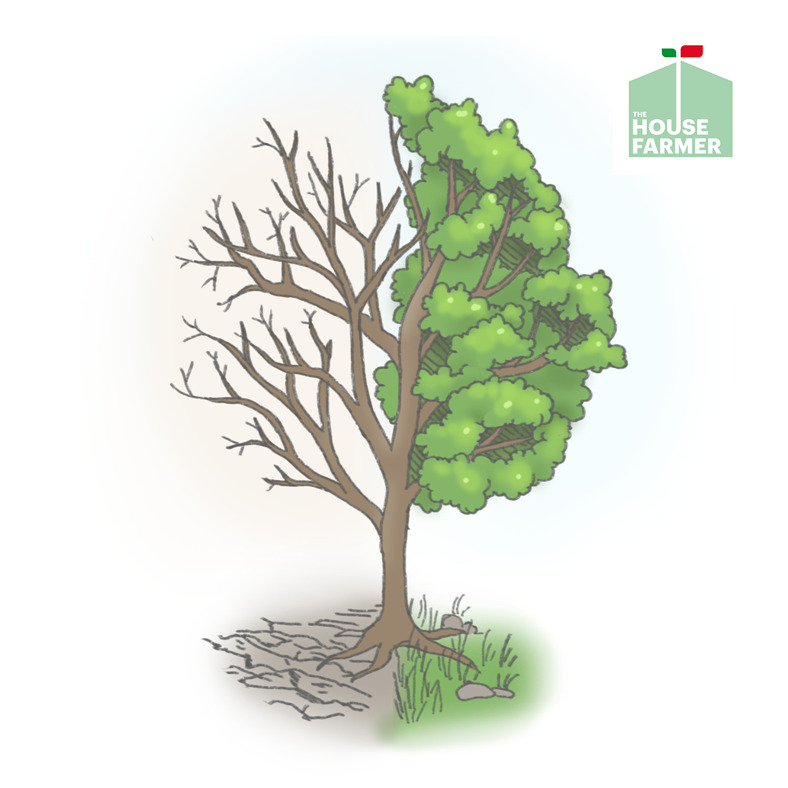
Humus, fertilizer and nutrients for plants
Among nutrients for plants humus is a complete substance because in addition to various nutrients, it also contains microorganisms that are useful to the plant's root system.
It is obtained by mixing soil, organic waste and manure, which are processed by earthworms. The digestive action of the earthworm guarantees a product that is safe for the roots and does not give any problems in the event of overdosing.
Nutrients for plants an overview
Another fertilizer that can be used as nutrients for plants is a derivative of industrial sugar beet processing.
It is called Borlanda.
Many liquid fertilisers are based on this substance, which is rich in nitrogen and potassium.
Seaweed meal is a very suitable fertilizer for the balcony vegetable garden.
Lithotamnion is a flour obtained from red algae and has a high calcium and magnesium content. Calcium is very important for tomatoes and peppers because it makes the soil less acidic and prevents apical rot.
Lupin is a legume that can be used as a fertiliser when dried and ground. It contains nitrogen and is particularly suitable for acidophilic plants. It is recommended for those who keep citrus fruits in pots.
What I discovered watching grandma gardening
Grandma used to say that plants feed through three routes.
The air route, which occurs through the gaseous exchange between the plant and the atmosphere.
The water route through which the plant absorbs water from the roots and leaves.
The soil pathway, i.e. the mineral salts present in the soil and dissolved in the water.
I really liked this explanation by Nonna.
There was a passage in the Biology textbook that always reminded me of her.
It said something like this:
"Plants get their nourishment from the soil, through the roots and with the help of water: the mineral substances dissolved in the liquid, called raw sap, reach all parts of the plant. Through the innermost channels of the stem, called woody vessels, the raw sap reaches every part of the plant, down to the smallest leaves. This pathway is called ascending circulation. A chemical process called chlorophyll photosynthesis takes place in the leaves, because it can only occur with the concurrence of sunlight and chlorophyll present in the leaves. During the day, leaves absorb carbon dioxide from the air, and the raw sap is transformed into processed sap, composed of water, starches and sugars. Plants manufacture everything necessary for their nutrition, but it is necessary for the necessary chemicals to be present in the soil. In addition, the presence of sunlight and water is essential."
- The way of air.
- The way of water.
- The earth way.
Fertilizing the vegetable garden or pots on the balcony means providing plants with many essential elements such as: carbon, oxygen, hydrogen, nitrogen, phosphorus, potassium, calcium, sulfur, magnesium, chlorine, iron, copper, zinc, manganese, boron, molybdenum.
All these elements are very important for good plant growth, but at the top of the list I would put, without a shadow of a doubt, nitrogen, phosphorus and potassium.
Nitrogen is primarily responsible for leaf production. Adding it through fertilization stimulates its growth. When it is lacking, growth stunts and the plant loses vigor. When it is added in abundance, it can damage the plant's root system.
Beans, peas and broad beans have the magical ability to capture nitrogen from the air and fix it in the soil so that it is available to other plants.
In fact, Nonna, where she grew fava beans, would then put in tomatoes and peppers, vegetables that are greedy for nitrogen.
Phosphorus is essential for flowering and fruiting.
All fertilizers considered nutrients for plants contain phosphorus. Lack of phosphorus is manifested by alteration of leaf color to brown or purplish shades. The plant will take a long time to mature. Excess phosphorus, on the other hand, does not create problems but can make the uptake of other nutrients difficult.
Potassium is important in the formation of woody parts, such as stems, branches and roots. It also affects the ability of water transpiration present in cells, thus promoting drought resistance.
Potassium deficiency is manifested by yellowing of leaves and necrosis starting at the margins, which tend to lift. Damage also affects shoot growth and flower development.
In nature, plants are self-sufficient, like animals, and are able to provide their own nourishment for their own survival.
In pots, as I always say, things change; plants live limited and absolutely need our attention in order not to perish.
I am repetitive, I know, but it is important to understand that a potted plant is not a piece of furniture, but a living mechanism, a breathing creature that feeds and grows, sometimes gets sick and, like all living things, dies.



